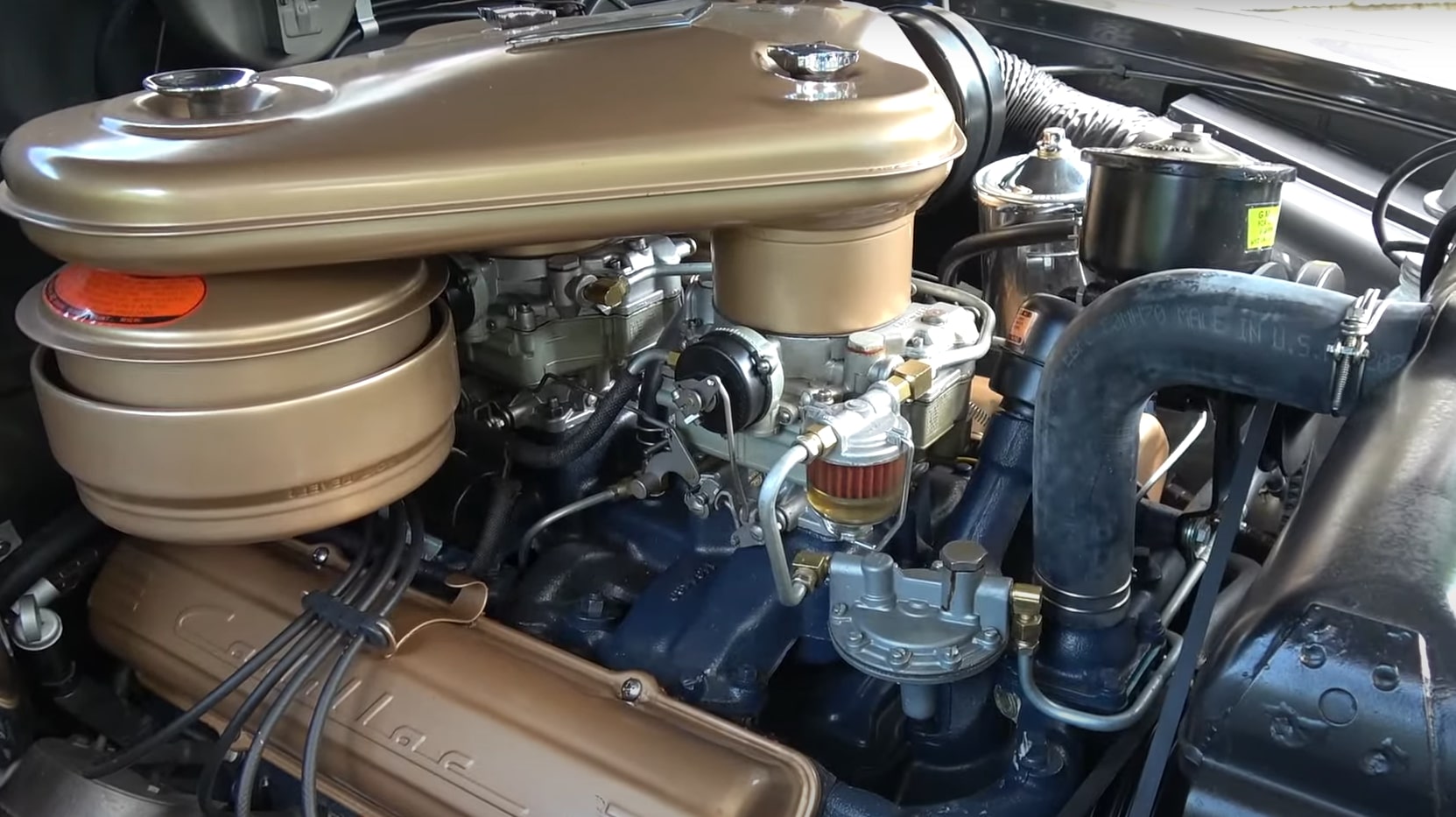The Cadillac DeVille, a name synonymous with luxury and elegance, has a rich history dating back to 1949. While it officially debuted as a standalone model in 1959, the DeVille name actually made its first appearance ten years earlier. Initially designated a trim level for the Series 62, the Coupe DeVille concept car showcased at the 1949 GM Motorama marked the inception of this iconic nameplate.
This stunning prototype, hand-built by Cadillac, was a testament to the brand’s commitment to innovation and design. It featured a sleek, aerodynamic body, luxurious interior, and powerful engine. The Coupe DeVille was a vision of the future, a look into what Cadillac had in store for its customers.

After its debut at the Motorama, the Coupe DeVille was acquired by General Motors President Charles Wilson, who cherished it as his vehicle for several years. The coupe remained in Wilson’s possession until 1957 when he gifted it to his secretary.
Presumed lost for decades, the prototype resurfaced in 2012 in a somewhat dilapidated state. However, with the dedication and expertise of Cadillac collector Steve Plunkett, the Coupe DeVille underwent a meticulous restoration process. The result was a stunning example of automotive craftsmanship, returning the iconic concept car to its former glory.
The Cadillac Motorama prototype, a dark gray convertible with a silver roof, may not initially fascinate the eye, but its unique features tell a compelling story. Built on a 1948 convertible chassis, this one-off model boasts a longer wheelbase and distinctive elements that were not incorporated into the production version.
While the exterior may seem familiar at first glance, closer inspection reveals subtle differences. The elongated rear fenders, adorned with faux vents and chromed step still moldings, create a more muscular profile. The roof, too, deviates from the production model, featuring a different rearward design and additional chrome accents.
While not radically different, these subtle changes enhance the aesthetic appeal of the Motorama concept, making it a more visually striking vehicle than its mass-produced counterpart. Beneath the surface, the Motorama prototype hides an intriguing secret. Although the exterior and interior remain true to the car’s 1949 specifications, the engine compartment tells a different story.

Sometime in the 1960s, the original 331-cubic-inch V8 engine was replaced, likely due to mechanical issues. In response to a request from Wilson’s former secretary, General Motors provided a replacement engine from a 1957 Eldorado, equipped with a similar 2×4-barrel carburetor setup.
However, the story doesn’t end there. To add an extra layer of intrigue, GM stamped the new engine block with the original 1949 VIN. This means that the Motorama prototype now sports a numbers-matching engine, albeit one that is technically incorrect. The fact that GM authorized this replacement, effectively creating a factory-sanctioned mismatch, makes the Motorama prototype even more unique and desirable.

